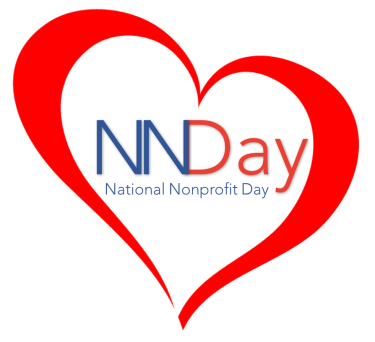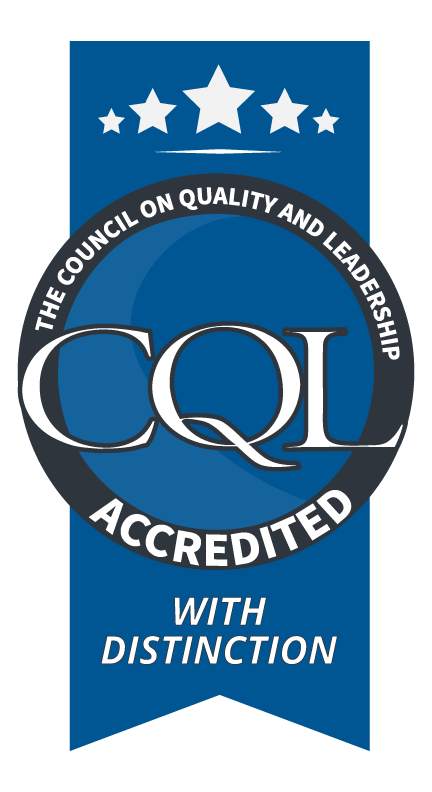by Kris Unise
Share
by Kris Unise
Share

How to Vote In-Person on November 3rd
By Stephanie Kocer
As Election Day quickly approaches, it’s important that people with disabilities know their voting rights at the polls on November 3rd. Although some people have already voted early or voted by absentee ballot, many still choose to cast their vote in-person on Election Day.
In 2016, a staggering 83 percent of polling places had at least one barrier for voters with disabilities, like a pathway that was inaccessible to a voter in a wheelchair. According to a study by the Government Accountability Office, less than 40 percent of locations equipped their voting systems for people with disabilities to cast their votes privately: electronic voting systems weren’t powered on, for example, or they lacked earphones, or the stations weren’t big enough for a wheelchair.
Individuals with disabilities have every right to vote. Every polling site should be equipt with the tools to help them do so. A site must be accessible to all persons and individuals are allowed to bring someone with them to help them cast their vote. And, voters are allowed to take as long as they need to vote.
Here’s what you need to know if you plan to vote in person next Tuesday:
Be Prepared!
This is a presidential election year, which means lines for voting will probably be longer. Make sure to dress appropriately in case you need to wait in line outside. Also be sure to bring snacks, water, and any medications or other needed items in case you’ll need them while you wait. It’s also very important to remember to wear a mask at your voting location.
Accessibility
By law, polling locations must be physically assessible for people of all abilities. In Minnesota, at least one set of doors must have a minimum width of 32 inches if the doors are to be used to enter or leave the polling location. Any curb adjacent to the main entrance to a polling location must have curb cuts or temporary ramps. Where the main entrance is not the accessible entrance, any curb adjacent to the accessible entrance must have curb cuts or temporary ramps. Where the main entrance is not the accessible entrance, a sign must be posted at the main entrance giving directions to the accessible entrance.
There should be no barrier in the polling place that blocks the path of persons with disabilities on their way to the voting booth.
There must be at least one parking space for persons with disabilities at the polling location. This space can be temporary for Election Day.
All doorway, handrails, ramps, and accessible parking must conform to the standards specified in the state building code for accessibility by persons with disabilities.
You Can Receive Help When Voting
You are allowed to bring someone with you to help you vote. Family members, friends, or neighbors are accepted helpers. Unfortunately, an employer or union representative cannot help. Your helper is allowed to go into the voting booth with you and can help you mark your ballot. You are also allowed to show your ballot to an election judge to ensure it is correctly marked.
Be aware that your helper should not influence your vote in any way.
If you did not bring a helper along, an election judge can also help you fill out your ballot.
Some polling locations offer machines that help voters with disabilities. These machines read ballots to a voter through headphones, others print out ballots in larger print. There are also braille keypads, touchscreens, or sip-and-puff devices available to help you.
Curbside voting is another option. This is when an election judge brings you a ballot directly to your vehicle outside.
To learn more about elections visit the the Minnesota Secretary of State’s Elections & Voting website.
STAY IN THE LOOP








